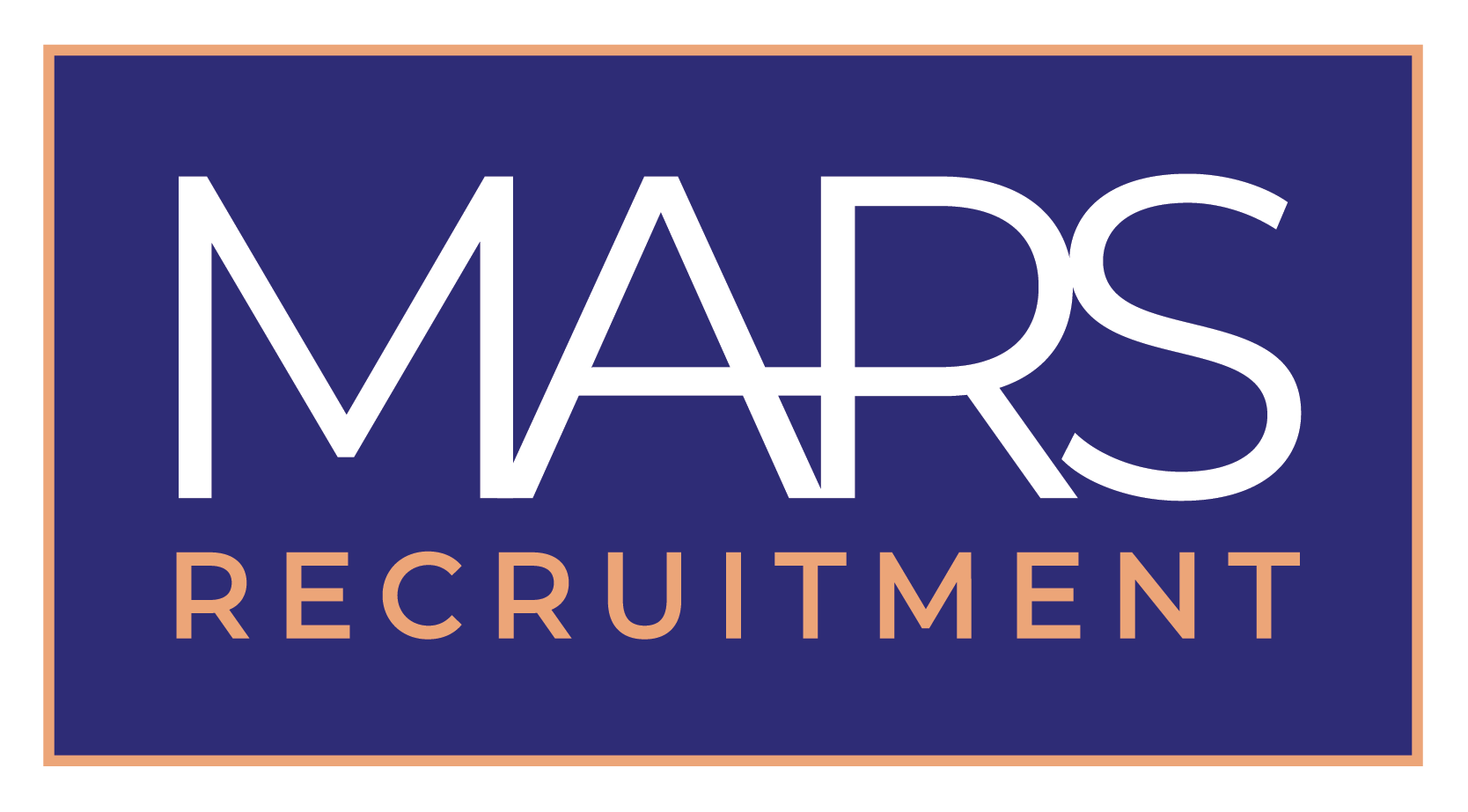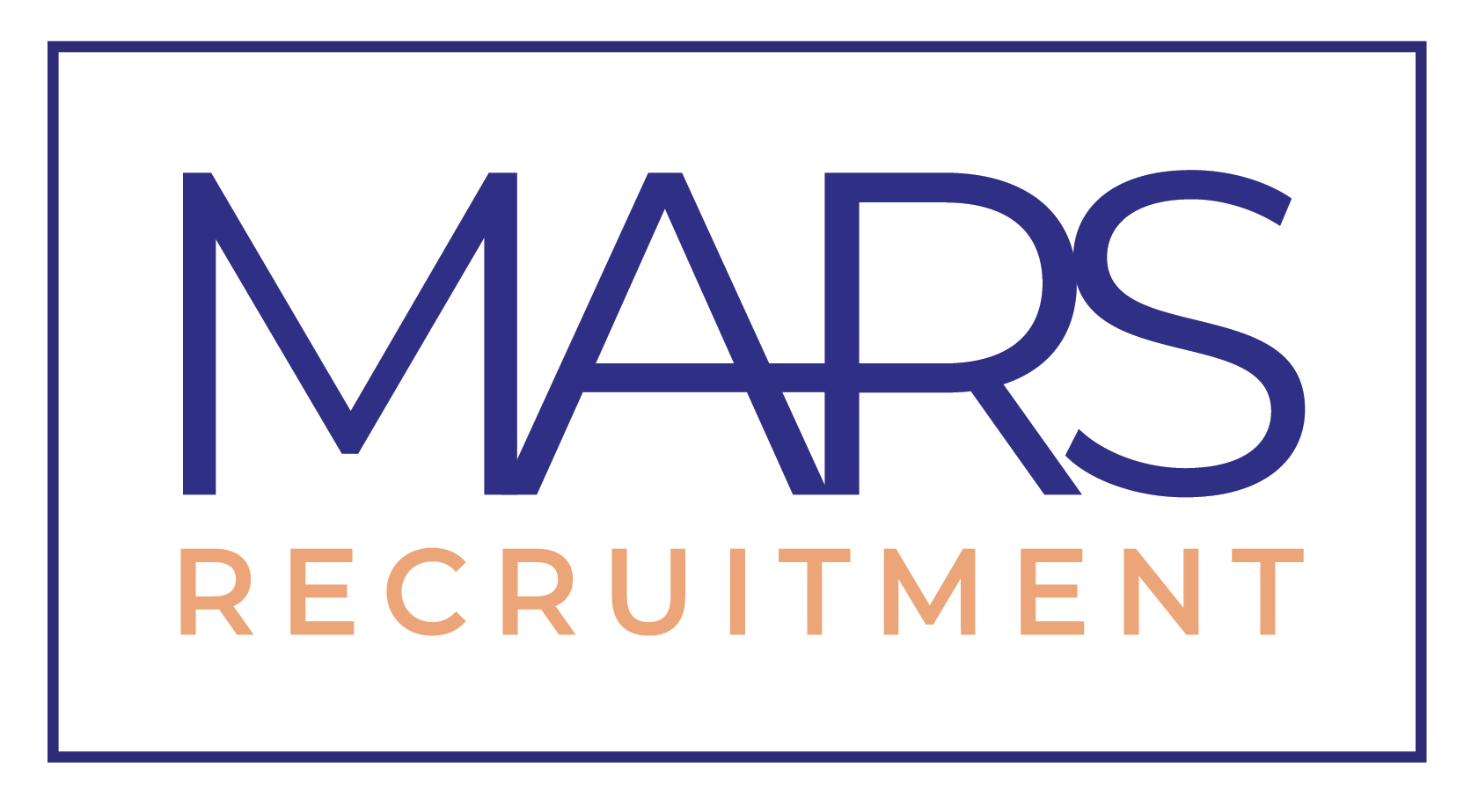As we move deeper into 2025, hybrid work remains a defining feature of Australia’s employment landscape. From the CBD highrises of Sydney to the tech hubs of Melbourne and the mining headquarters of Perth, organisations that embrace hybrid models with agility and foresight are the ones securing top talent and driving performance. Below, we explore key lessons from leading Australian employers on how to build a truly resilient hybrid workforce.
1. Establish Clear Hybrid Guidelines
What the best do: At a major Sydneybased fintech, leadership published a detailed “Hybrid Handbook” that outlines core hours, homeoffice setup expectations and meeting protocols. Melbourne’s largest legal firm rolled out a threedayinoffice minimum paired with two days of teamfocused collaboration onsite.
Why it matters: Clarity reduces ambiguity. Employees understand when they’re expected in the office versus working remotely. Welldefined policies also help managers coordinate projects, ensure equitable opportunities for facetoface coaching, and maintain team cohesion.
Action step: Draft a concise hybrid policy document. Involve representatives from all levels, like partners, managers and junior staff, to ensure practicality and buyin.
2. Invest in Collaboration Tools and Training
What the best do: A large Perth energy company invested in videoconferencing kits for every meeting room, alongside seamless cloudbased project management software. They also ran monthly “tooltivity” workshops: short sessions on getting the most from MS Teams, Miro and Jira.
Why it matters: Tools alone aren’t enough. Employees must know how to use them efficiently. Regular training fosters digital literacy, breaks down silos, and prevents remote workers from feeling disconnected.
Action step: Audit your current collaboration stack. Identify gaps; perhaps your remote teams need better whiteboarding tools, or your inoffice staff could use changemanagement training on digital platforms.
3. Prioritise WellBeing and Boundaries
What the best do: Melbourne’s top advertising agency introduced a “novideo Fridays” policy, plus optional “digital detox” hours after 6 pm. In Perth, a national insurance provider launched a “WellBeing Wednesday” series, offering guided mindfulness sessions and oneonone checkins with HR.
Why it matters: Hybrid work blurs the line between personal and professional life. Without guardrails, burnout risks skyrocket. By normalising breaks and disconnecting from screens, organisations cultivate sustainable performance and reduce turnover.
Action step: Survey your teams for stress points like latenight emails, backtoback video calls, and then pilot initiatives like “meetingfree blocks” or voluntary wellbeing workshops.
4. Foster Inclusive Culture Through Intentional Touchpoints
What the best do: At a Sydney media group, “Coffee Roulette” matches remote and onsite staff for casual chats. A Melbourne software house schedules quarterly allhands offsite days, bringing hybrid teams together for strategy sessions and social events. Perth’s healthcare network runs regular “lunchandlearn” webinars, streamed live for both office and homebased employees.
Why it matters: Informal interactions build trust and spark innovation. When remote workers feel peripheral, engagement dips. Purposeful touchpoints ensure every voice is heard, regardless of location.
Action step: Introduce a regular virtualandinperson social calendar to knit your hybrid teams closer together. Think bookclub meetings, quick “standup coffees” or crossdepartmental hackathons.
5. Measure, Iterate and Communicate
What the best do: Leading organisations track hybrid success metrics like employee Net Promoter Score, retention rates, project delivery times, and share monthly dashboards with teams. Melbourne’s retail giant also conducts pulsesurveys to capture realtime feedback, then publicly posts action plans based on the data.
Why it matters: What gets measured gets managed. Transparent communication of results and subsequent improvements demonstrates that leadership values employee input, fostering a continuousimprovement culture.
Action step: Decide on 3–5 hybrid KPIs and then review them quarterly, publish the findings, and iterate your hybrid strategy accordingly.
Building a resilient hybrid workforce is not a oneoff project; it’s an ongoing evolution. By establishing clear guidelines, investing in tools and training, championing wellbeing, fostering inclusive culture and measuring progress, Australian organisations can navigate the complexities of hybrid work with confidence. At MARS Recruitment, we partner with businesses in Sydney, Melbourne and Perth to design and implement talent solutions that align with your hybrid ambitions. Reach out today to discover how we can help you attract, engage and retain the best people in this new world of work.
[DISCLAIMER] The information provided in this article is for general, informational purposes only and should not be construed as professional advice. Individuals are encouraged to seek guidance from qualified career coaches or advisors when navigating career transitions.



